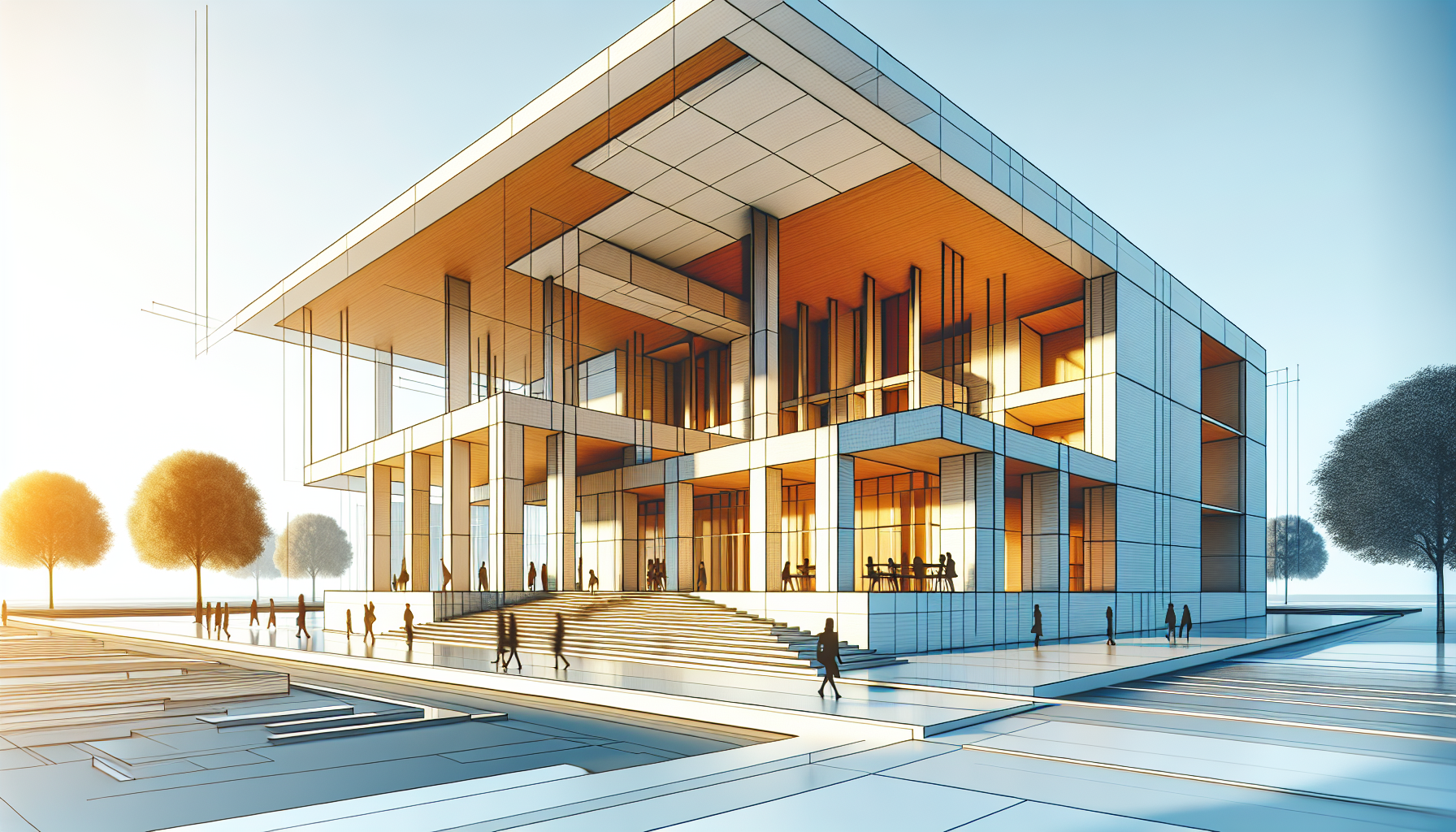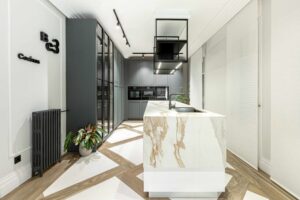A conversation pit is an architectural feature that includes built-in seating in a recessed section of the floor within a larger room, often centered around a table. This design fosters a more intimate and engaging space for conversations, social gatherings, and activities such as board games. However, the design has its downsides, such as fall hazards and awkward interactions with people standing in the main room.
Historical Context
The conversation pit gained popularity between the 1950s and 1970s, especially in Europe and North America. Modernist architects like Eero Saarinen and Alexander Girard prominently used this design in their projects. One of the earliest and most influential examples is the Miller House (1958) in Columbus, Indiana, designed by Saarinen and Girard, drawing significant attention to the concept.
Saarinen also incorporated a notable conversation pit in the 1962 TWA Flight Center at John F. Kennedy International Airport in New York. Similarly, architect Paul Rudolph made the conversation pit a distinctive feature in his designs, including the 1955 Cohen House in Sarasota, Florida. Bruce Goff, another notable architect, introduced conversation pits in his projects from the 1920s, like the Adah Robinson house in Tulsa, Oklahoma, and the 1965 Nicol House in Kansas City, Missouri.
Evolution and Influence
Over time, many conversation pits were removed during renovations to create a uniform floor level. Despite this, the concept has had a lasting influence, particularly in the design of sunken living rooms, which became popular in mid-20th-century homes. These spaces, though less radical than conversation pits, also sought to create informal and intimate areas within larger rooms.
In the late 1990s, there was a brief resurgence in the popularity of conversation pits and sunken living rooms as features in home designs. This trend was reinforced by the cultural impact of media, like the TV series “Mad Men”. The portrayal of Don Draper’s Manhattan apartment, which included a conversation pit, contributed to a renewed appreciation for mid-century modern design.
Contemporary Revaluation
In recent years, the conversation pit has seen a revival in interest, driven by nostalgia for mid-century modern aesthetics and the growing popularity of intimate and communal living spaces. This resurgence reflects a broader trend in architecture and interior design, where historical styles are revisited and adapted to contemporary tastes and needs.
Conclusion
The conversation pit remains a fascinating example of mid-20th-century modern design, emphasizing intimacy and engagement in social spaces. Although its popularity waned over the decades, the concept continues to influence contemporary design, demonstrating the enduring appeal of innovative architectural solutions.











